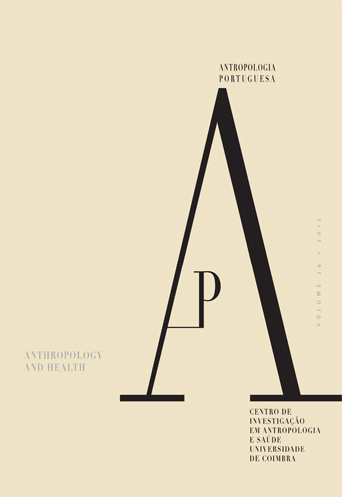The evolution of lactase persistence
DOI:
https://doi.org/10.14195/2182-7982_29_9Keywords:
Lactase persistence, natural selection, gene-culture co-evolutionAbstract
Lactase persistence has long been recognized as a striking example of human dietary adaptation to changes in food production habits. The observation that the prevalence of lactase persistence is positively correlated with the cultural history of dairying in human populations has led to the formulation of an evolutionary interpretation that became known as the culture-historical hypothesis. This hypothesis emphasizes the influence that culturally derived selection can have on human genes by assuming that the nutritional benefits of milk drinking during adult life are selectively advantageous in groups that rely on dairying to subsist. The recent demonstration of the molecular basis of lactase persistence provided a unique opportunity to test the basic predictions of the culture-historical hypothesis and to evaluate its merit relative to alternative explanations. Here, I present an overview of the evolutionary history of lactase persistence by focusing on the predictions of the culture-historical hypothesis, including the correlation between lactase persistence and pastoralism, the age of lactase persistence mutations and molecular evidences for natural selection. The places of origin and geographic diffusion of lactase persistence mutations are also discussed in the context of the population movements associated with the spread of pastoralism.Downloads
Download data is not yet available.
Downloads
Published
2012-06-06
Issue
Section
Artigos
License
Copyright (c) 2018 Antropologia Portuguesa

This work is licensed under a Creative Commons Attribution 4.0 International License.
Authors retain copyright and grant the journal right of first publication with the work simultaneously licensed under a Creative Commons Attribution License that allows sharing the work with recognition of authorship and initial publication in Antropologia Portuguesa journal.









